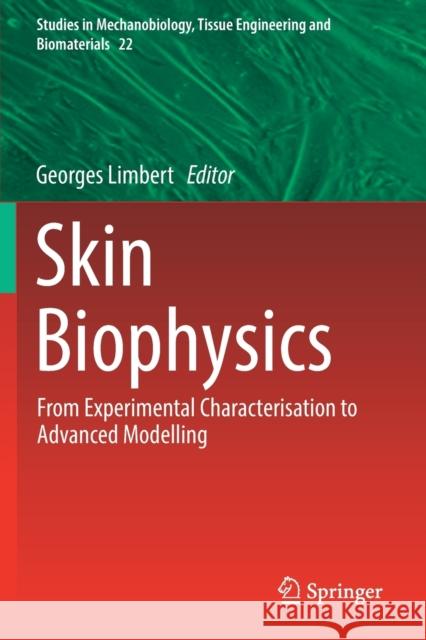Skin Biophysics: From Experimental Characterisation to Advanced Modelling » książka
topmenu
Skin Biophysics: From Experimental Characterisation to Advanced Modelling
ISBN-13: 9783030132811 / Angielski / Miękka / 2020 / 295 str.
Skin Biophysics: From Experimental Characterisation to Advanced Modelling
ISBN-13: 9783030132811 / Angielski / Miękka / 2020 / 295 str.
cena 586,33 zł
(netto: 558,41 VAT: 5%)
Najniższa cena z 30 dni: 578,30 zł
(netto: 558,41 VAT: 5%)
Najniższa cena z 30 dni: 578,30 zł
Termin realizacji zamówienia:
ok. 20 dni roboczych.
ok. 20 dni roboczych.
Darmowa dostawa!
Kategorie BISAC:
Wydawca:
Springer
Seria wydawnicza:
Język:
Angielski
ISBN-13:
9783030132811
Rok wydania:
2020
Wydanie:
2019
Numer serii:
000440387
Ilość stron:
295
Waga:
0.44 kg
Wymiary:
23.39 x 15.6 x 1.65
Oprawa:
Miękka
Wolumenów:
01
Dodatkowe informacje:
Wydanie ilustrowane











